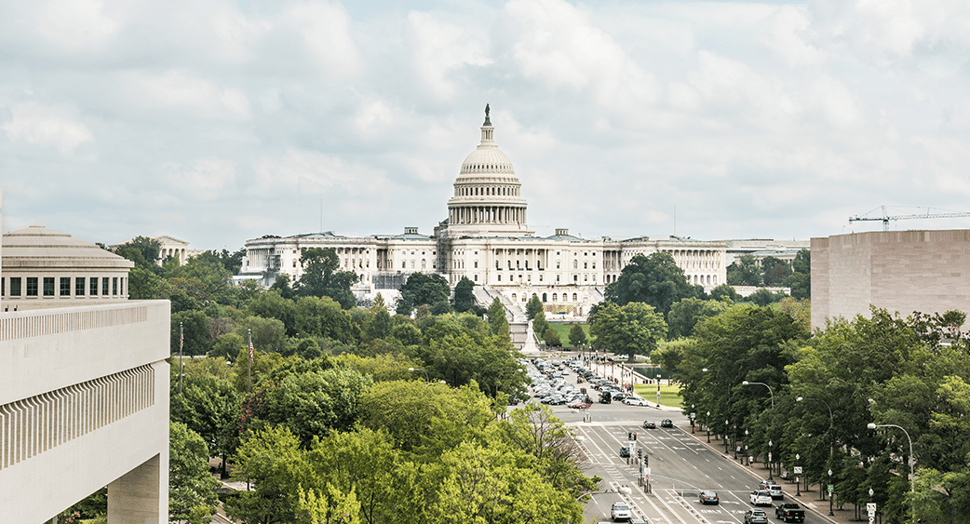 On August 16th, U.S. President Biden signed the Inflation Reduction Act into law, representing the nation’s largest commitment to clean energy in history. Essentially a scaled-down version of last year’s Build Back Better Act, the law outlines vigorous investment into sustainable technologies.
On August 16th, U.S. President Biden signed the Inflation Reduction Act into law, representing the nation’s largest commitment to clean energy in history. Essentially a scaled-down version of last year’s Build Back Better Act, the law outlines vigorous investment into sustainable technologies.
By committing over $300 billion for clean energy programs, electric vehicle (EV) owners in America can look forward to sustainable infrastructure designed to support the continued deployment of resources like charging stations.
This article will examine how the Inflation Reduction Act will impact the already-robust EV market in the U.S. and further a nationwide commitment to increased EV deployment.
What the Inflation Reduction Act means for EV owners
As outlined by a recent Thomas Insights article, the bill extends a $7,500 federal tax credit for individuals who purchase EVs into 2023. The Act stipulates that participating EVs, and their batteries, must meet domestic sourcing requirements.
Additionally, the Act will remove a 200,000 unit-sales cap and allow consumers to fully benefit from the tax credit, as opposed to a previously-proposed reduced incentive rate. This Motor Biscuit article notes that formerly exempt models – such as the Tesla Model Y and Model 3, Chevrolet Bolt EV and Bolt EUV will now be eligible for tax reimbursement under the new initiative.
The Act will also impact rebates for charging stations that had previously expired at the end of 2021. Referred to as the Alternative Fuel Vehicle Refueling Property Credit, this Section 30C tax credit will be available for any charging stations installed after December 31, 2022.
By continuing to incentivize consumers looking to adopt EVs – and ensuring rebates for businesses and developments that install charging stations across the country – the Inflation Reduction Act seeks to make 2023 an opportune time to adopt these surging technologies.
National Impact
As part of a commitment to a 40% reduction in greenhouse gas emissions by 2029, measures in the bill will invest $60 billion for an improved renewable energy infrastructure. As detailed by Investopedia, the Biden administration hopes to achieve a 50% reduction by the dawn of 2030, and believes that the additional wind turbines and solar panels manufactured between now and the beginning of the next decade could bridge the 10% gap.
Now that the government has laid the roadmap for a commitment to a greener tomorrow, it’s time for automobile owners to do their part. EV owners who deploy their automobiles’ bidirectional charging capabilities and wall mounted charging units will play a vital role in supporting taxed energy grids in their communities.
To learn more about how you can help improve your community’s sustainability efforts by driving an EV, contact Webasto for the latest in clean-energy charging systems.
